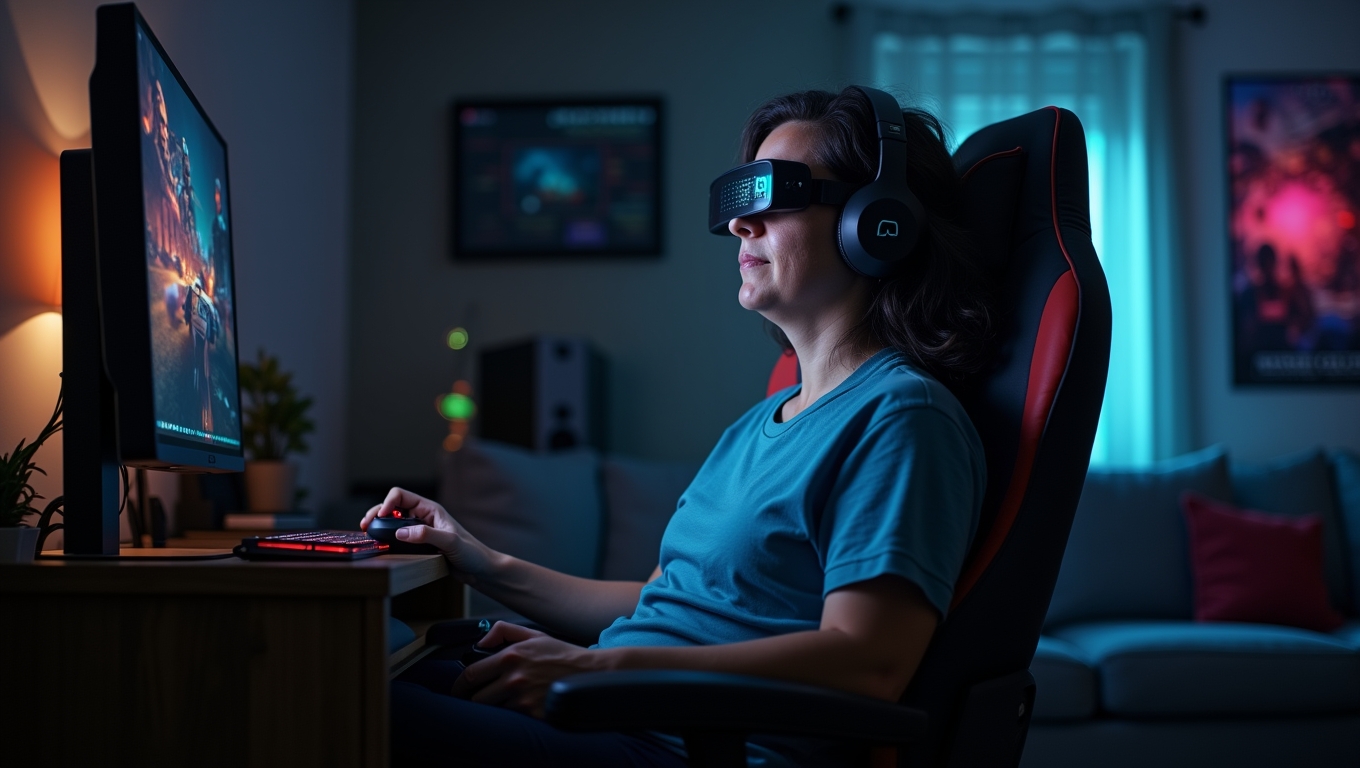In the modern gaming landscape, **technology and game accessibility** are more relevant than ever. As the gaming industry continues to evolve, it becomes increasingly important to ensure that everyone, regardless of their physical or cognitive abilities, can enjoy video games. By leveraging advanced technologies, developers are creating more inclusive gaming experiences that cater to a diverse audience.
Understanding Game Accessibility
Game accessibility refers to the design and implementation of features that allow players with different needs to engage with games effectively. This includes those with visual, auditory, motor, and cognitive impairments. The role of **technology and game accessibility** is pivotal in this context, as it enables the development of tools and features that enhance gameplay for all.

For instance, screen readers and voice commands empower visually impaired players to navigate menus and interact with game elements. Similarly, subtitles and audio descriptions help those with hearing impairments understand the storyline and character dialogues. The integration of these technologies ensures that no player feels excluded due to their unique challenges.
Innovative Technologies Enhancing Accessibility
Several innovative technologies are making significant strides in improving game accessibility. One of the most notable advancements is the use of adaptive controllers, which allow players with limited mobility to customize their gaming experience. These controllers can be tailored to suit individual needs, enabling more players to participate in gaming.

Moreover, software solutions like customizable user interfaces are also essential. Players can adjust settings such as text size, color contrast, and button mapping to create a comfortable gaming environment. This flexibility is a direct result of the emphasis on **technology and game accessibility** within the industry.
The Future of Game Accessibility
Looking ahead, the future of game accessibility appears promising. Developers are increasingly recognizing the importance of inclusive design, and many are actively seeking feedback from players with disabilities. This collaboration is crucial for creating games that not only entertain but also empower individuals to participate in gaming communities.
As technology continues to advance, we can expect even more innovative solutions that address accessibility challenges. From virtual reality experiences designed for those with mobility impairments to AI-driven tools that assist in gameplay, the potential is limitless. Ultimately, the ongoing commitment to **technology and game accessibility** will ensure that gaming remains a universal medium that brings people together, regardless of their abilities.
In conclusion, the role of technology in enhancing game accessibility cannot be overstated. By integrating thoughtful design and cutting-edge technology, the gaming industry is paving the way for a more inclusive future where everyone can enjoy the thrill of gaming.
Some content and/or images on this page were created using AI.





